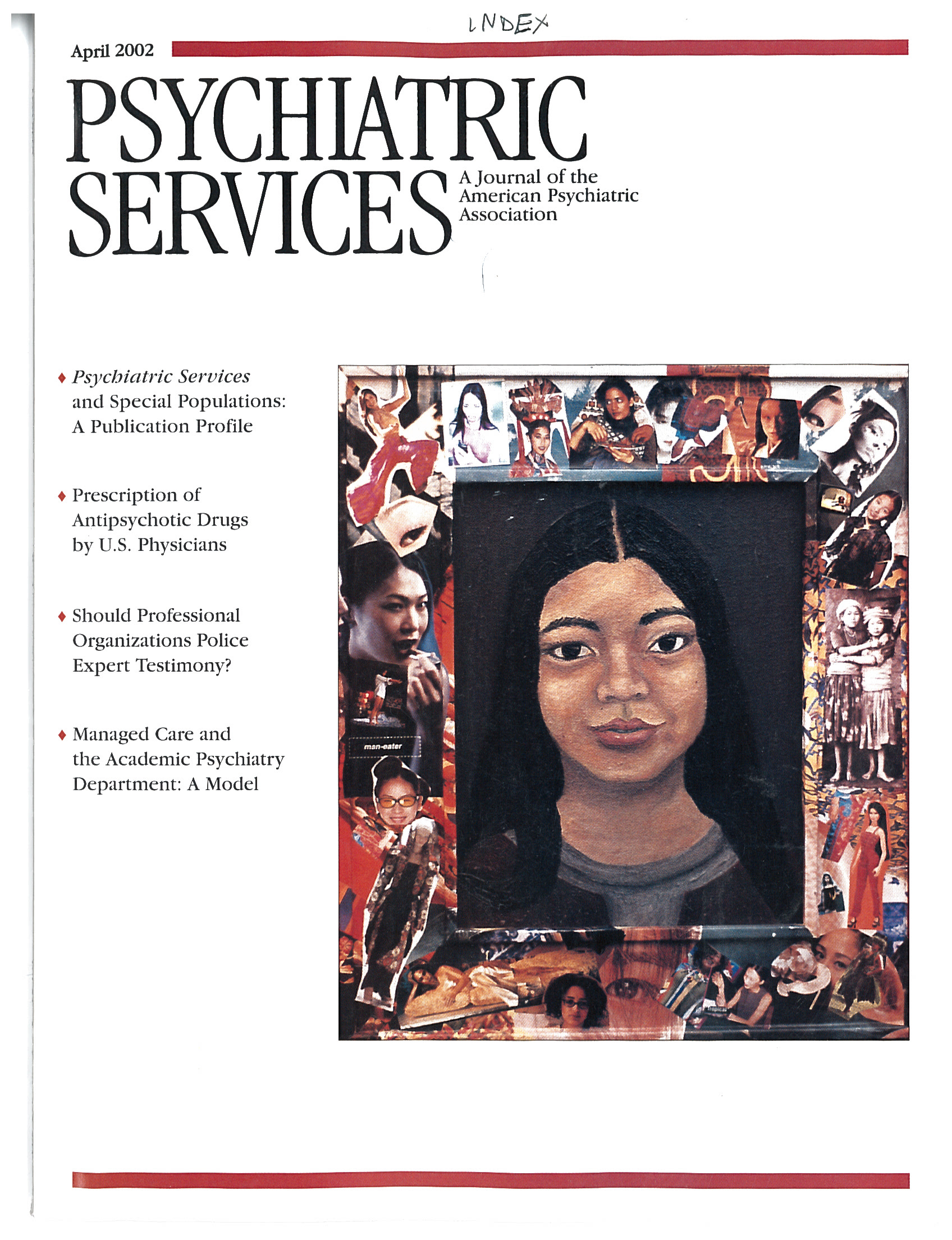Brave New Brain: Conquering Mental Illness in the Era of the Genome
It is a rare psychiatrist-author who is able to hold the attention of the general reader with material that will also sustain the interest of and enlighten the professional community. For many of us, Freud was the first such writer we encountered. Assigned reading of Freud in college psychology classes led me to Karl Menninger's The Human Mind (1), which steered me toward medical school and a career as a psychiatrist.
Nancy Andreasen may be the best contemporary psychiatrist to translate the art and science of psychiatry into palatable fare for the general public. In her 1984 book, The Broken Brain (2), Andreasen predicted a paradigm shift from a psychodynamic model to a biomedical and neurobiological model. Now, almost two decades later, Andreasen has written a new book, Brave New Brain, "to describe our growing knowledge about causes and treatments of mental illnesses in the 21st century." This is another superb book—the kind that will certainly lead some of today's college students to careers in psychiatry or neuroscience.
Dr. Andreasen, editor-in-chief of the American Journal of Psychiatry, explains in the book's preface that she took the title from Shakespeare's The Tempest "to convey the sense of enthusiasm and optimism currently felt by clinicians and scientists who work with mental illnesses." But she also acknowledges the hint of caution in the title's reference to Huxley's Brave New World (3). While the book's tone is predominantly optimistic, Andreasen appropriately warns the reader of dangers ahead as well.
The book is organized into four sections, each with a catchy title. Part 1 is called "Broken Brains and Troubled Minds." After summarizing the staggering statistics on the worldwide burden of mental illness, Andreasen tells the story of Jim and Mary. Jim has a fairly straightforward case of major depression, and Mary, his wife, will do anything to help him get effective treatment. Andreasen artfully describes their exploits with a variety of medical and mental health professionals within the context of managed mental health care. It is painful, but very real, to read of their struggle to find competent care. Andreasen uses this story to debunk the false dichotomies that haunt our field—mind versus brain, drugs versus psychotherapy, genes versus environment—and she concludes by promoting a nicely diagrammed synthetic model. Andreasen reminds us that "nothing is ever one thing."
Part 2, "Mind Meets Molecule," is essentially Neuroscience and Genetics 101. Andreasen is a remarkably clear writer, and in the three chapters in this section she provides elegant overviews of neuroanatomy, neurotransmitter systems, mapping of the human genome, and functional neuroimaging. Photos, illustrations, charts, and tables amply supplement the text. For the mental health professional whose training preceded the "Decade of the Brain," these chapters may be very enlightening. Having heard a variety of explanations of the science of magnetic resonance imaging, I found Andreasen's to be, without a doubt, the clearest.
Part 3, "The Burden of Mental Illness," starts with a discussion of how our general understanding of mental illness has evolved. Separate chapters then cover the same four specific disorders that were highlighted in The Broken Brain—schizophrenia, mood disorders, dementia, and anxiety disorders. Each chapter starts with a case example and smoothly weaves information from the earlier sections of the book into the author's elaboration of what is known about these disorders. For example, Andreasen describes schizophrenia as "a disease that affects distributed neural circuits rather than single cells or single regions. Such disorders are sometimes referred to as misconnection syndromes."
Finally, part 4, which bears the same title as the book, has a single chapter looking to the future. Here Andreasen underscores both the exciting developments she foresees in "conquering mental illness in the era of the genome" and some of the risks connected with this vision, such as genetic engineering, as well as the dangers our field confronts today.
In a lengthy discussion of the possible dehumanization of psychiatry, Andreasen reviews three forces that the field has confronted over the past few decades: the "biological revolution"; emphasis on empirical description and objective diagnosis created by DSM-III and DSM-IV; and the "economic revolution" in health care, including the impact of managed care. She argues that while each of these has brought progress, each "also carries the potential for abuse or misuse." Andreasen rightly critiques psychiatric education and points out the need for psychiatrists in training "to be taught to think first about the whole person and to appreciate that each one is interesting and unique, not simply a composite of symptoms that are used to make a DSM diagnosis and provide treatment according to a standard algorithm, making the erroneous assumption that one size fits all."
This book is an excellent resource for anyone who wants to learn about psychiatry as it stands at the beginning of the new millennium. Consumers, family members, and advocates as well as trainees in all mental health disciplines will find it an excellent overview by one of our preeminent psychiatrist-neuroscientists. Clinicians and supervisors will benefit from this book as well. While the author is clearly a "biological psychiatrist," she understands the dangers of reductionism and presents a well-balanced approach to mental illness as part of the human condition.
Dr. Munetz is chief clinical officer for the Summit County (Ohio) Alcohol, Drug Addiction, and Mental Health Services Board and professor of psychiatry at the Northeastern Ohio Universities College of Medicine in Rootstown.
1. Menninger KA: The Human Mind. New York, Literary Guild of America, 1930Google Scholar
2. Andreasen NC: The Broken Brain: The Biological Revolution in Psychiatry. New York, Harper & Row, 1984Google Scholar
3. Huxley A: Brave New World. Garden City, NY, Doubleday, Doran & Co, 1932Google Scholar



